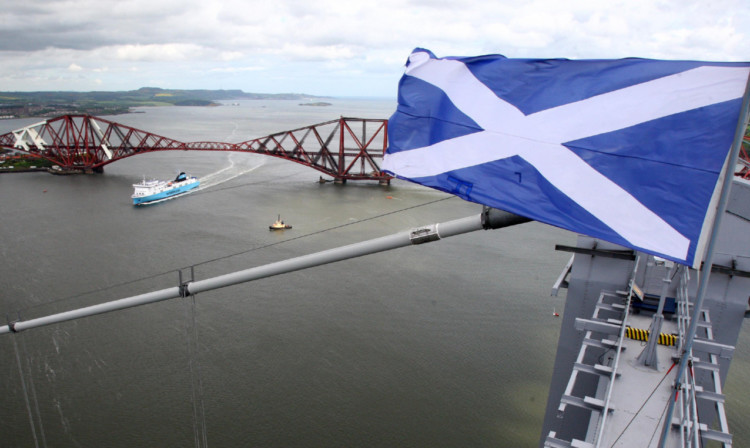The Hull to Zeebrugge ferry carries all sorts on board families from the Midlands, cyclists from Humberside, local school parties and Hell’s Angels chapters from the north of England and Wales.
There are usually a few Scots, too but not as many as you’ll find on the Newcastle to Ijmuiden route, a slightly shorter drive at this end of the holiday expedition.
What you won’t find is Scottish tourists embarking on a passenger ferry from anywhere in Scotland, since the country’s only service from Rosyth was withdrawn nearly four years ago.
The route had proved popular but was scrapped when its operators, the Danish line DFDS Seaways, decreed it “not profitable enough” and switched to freight-only crossings to the continent.
You can’t blame a private company for trying to turn a profit, nor for rationalising its business when it proves commercially unviable.
However, as the summer exodus begins and all those wanting to drive abroad head south of the border, it does seem remiss that Scots should have to rely on England for their transportation needs. We are now very well served by international airports and most people live within easy reach of Edinburgh, Glasgow or Aberdeen, or even the smaller airport in Dundee.
Rail services are variable but the East Coast or the cross country lines will deposit you in London eventually, from where the Eurostar provides speedy access to Europe (maybe not this week).
It should not be beyond our government-funded tourist agency to restore a ferry service for holiday makers. Scots travelling overseas and visitors coming to Scotland who, if they cross the Channel, must drive the length of England to get here by car.
This is not just bad for tourism, it is a gaping hole in our infrastructure that should have been addressed long ago, especially by an administration seeking separation from the UK and desperate to show it can stand on its own feet.
There was an initial outcry from Fife politicians when DFDS axed its service. Gordon Brown, then prime minister, said “an important link between Scotland and the continent” had been lost.
However, the SNP transport minister at the time, Stewart Stevenson, said it was a matter for the shipping company and washed his hands of the problem and his successor, Keith Brown, has other priorities.
He did, however, ask the operators to keep the possibility of reinstating the passenger service under review.
DFDS said it had not totally ruled it out but that was more than three years ago and we’re still driving to England.
Having tried every mode of escape with my family and concluded the car is the most convenient and the cheapest way to travel to and from the continent I confess to a vested interest in a Scottish passenger ferry.
However, it must be an affordable one. The crossing from Rosyth was prohibitive for many Scots, who found it cost less to drive south for England’s more economical alternatives.
“Even adding the fuel to Dover and an overnight stop or two, it was still no contest,” one caravaner told the UK campsite website.
Another said he was quoted £879 (this was four years ago) for his van, “more than twice the price of the Hull ferry”.
There was a government injection of £1.8 million to help launch the Rosyth route and DFDS would undoubtedly expect some kind of subsidy to restore the service for passenger traffic.
I haven’t done the sums but if there is £750,000 for battle re-enactments and countless millions for promoting independence (the Nationalists’ White Paper alone cost £1.3 million), there must be plenty of money put by for the Government’s preferred projects.
Could not some of this largesse be redistributed to get the ferry up and running again?
Politicians are probably too busy to take the slow boat and some may not even realise we don’t have one.
It may not be a vote winner and it may not be everybody’s way to go but a ferry of our own is not much to ask in a year when we are talking about independence.
